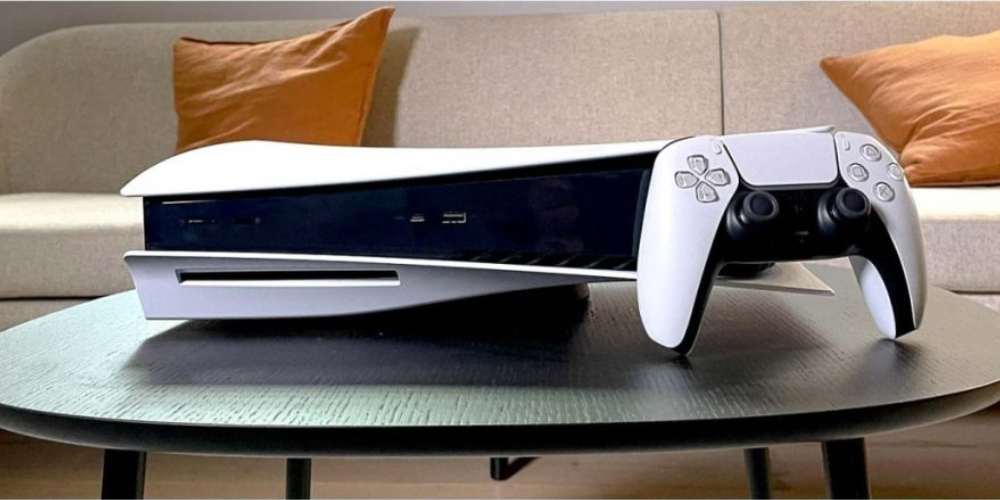The Evolution of Gaming: A Journey from Atari to Next-Gen Consoles
Jul-21-2024

Since their inception, video game consoles have transformed from simple entertainment devices into multi-faceted entertainment hubs. This article delves into the rich history of video game consoles, highlighting the monumental shifts and groundbreaking innovations that have shaped the industry.
The Dawn of Home Gaming: Atari 2600
The journey begins with the Atari 2600, released in 1977, which marked the beginning of home gaming. Featuring interchangeable cartridges, the Atari 2600 differed from previous dedicated consoles and allowed users to switch games easily. Iconic titles like "Space Invaders" and "Pac-Man" became household names, and the console’s success paved the way for future developments in the gaming world.
The Rise of Nintendo: NES and SNES
In 1985, the gaming landscape underwent another significant change with the release of the Nintendo Entertainment System (NES). Nintendo redefined the industry, not only by launching beloved franchises such as "The Legend of Zelda", "Super Mario Bros." but also by setting a high standard for home gaming systems. The subsequent release of the Super Nintendo Entertainment System (SNES) in 1990 continued Nintendo's legacy with improved graphics and sound, making classics like "Super Mario World" and "Final Fantasy VI" possible.
Competitive Edge: Sega Genesis vs. SNES
The early 1990s saw one of the most famous rivalries in gaming history, between Sega’s Genesis and Nintendo’s SNES. The Genesis, released in 1988, boasted a faster processor and sported the edgy Sonic the Hedgehog, posing a formidable challenge to Nintendo. This fierce competition propelled both companies to innovate, thereby driving the rapid evolution of gaming technology.
The Advent of Compact Discs: PlayStation
In 1994, Sony disrupted the gaming world with the introduction of the PlayStation. Moving away from cartridges, the PlayStation utilized CDs, which allowed for larger, more complex games with superior graphics and sound. Titles like "Final Fantasy VII" and "Metal Gear Solid" captivated audiences, and the PlayStation quickly became one of the best-selling consoles ever.
The Emergence of Microsoft's Xbox
Microsoft entered the gaming arena in 2001 with the launch of the Xbox. It introduced a built-in hard drive and broadband internet connectivity, setting the stage for online gaming. The Xbox also gave birth to "Halo," a landmark first-person shooter that became a cultural phenomenon and a major selling point for the console.
The Return of Nintendo Innovation: Wii
While competitors focused on graphical power, Nintendo took a different path with the Wii in 2006. Emphasizing motion controls, the Wii attracted a broad audience, including non-traditional gamers. "Wii Sports" became a phenomenal success, demonstrating the potential of motion-based gameplay and leading to high adoption rates among families.
High-Definition Gaming: PS3 and Xbox 360
Both Sony and Microsoft stepped up their game in the mid-2000s with the release of the PlayStation 3 (PS3) and Xbox 360. These consoles brought high-definition graphics, powerful processors, and expanded online capabilities to consumers. The Xbox 360's Xbox Live service revolutionized online gaming communities, while the PS3’s Blu-ray drive allowed for higher storage capacity and better-quality movie playback.
Into the Modern Era: PS4, Xbox One, and Switch
The eighth generation of consoles, represented by the PlayStation 4 (PS4), Xbox One, and the Nintendo Switch, further evolved the gaming experience. The PS4 and Xbox One focus on integrating multimedia capabilities and building large online ecosystems. Meanwhile, the Nintendo Switch, released in 2017, introduced hybrid gaming, allowing users to switch seamlessly between handheld and home console modes, thereby changing how and where games could be played.
The Next-Gen Leap: PS5 and Xbox Series X
As of 2020, the PlayStation 5 (PS5) and Xbox Series X have ushered in the next generation of gaming. These consoles emphasize ultra-high-definition graphics, faster load times due to SSD technology, and unprecedented levels of realism through ray tracing. Enhanced backward compatibility ensures that players can enjoy titles from previous generations, and advanced features such as haptic feedback and 3D audio immersion further elevate the gaming experience.
The Future of Gaming
Looking forward, the gaming industry shows no signs of slowing down. Cloud gaming services like Google Stadia and NVIDIA GeForce Now offer gamers the ability to play high-quality games without owning expensive hardware. Virtual reality (VR) and augmented reality (AR) technologies are also set to reimagine gaming environments and interactions. As innovation continues, the line between real and virtual worlds will blur even further, offering experiences that once seemed like the stuff of science fiction.
From the pixelated nostalgia of the Atari 2600 to the cutting-edge capabilities of next-gen systems, the history of video game consoles is a testament to the relentless drive for innovation in the gaming industry. Every milestone has contributed to the rich tapestry of gaming culture, and the future promises even more ways to play, connect, and immerse ourselves in fantastical worlds.








Leave a comment
Your comment is awaiting moderation. We save your draft here
0 Comments